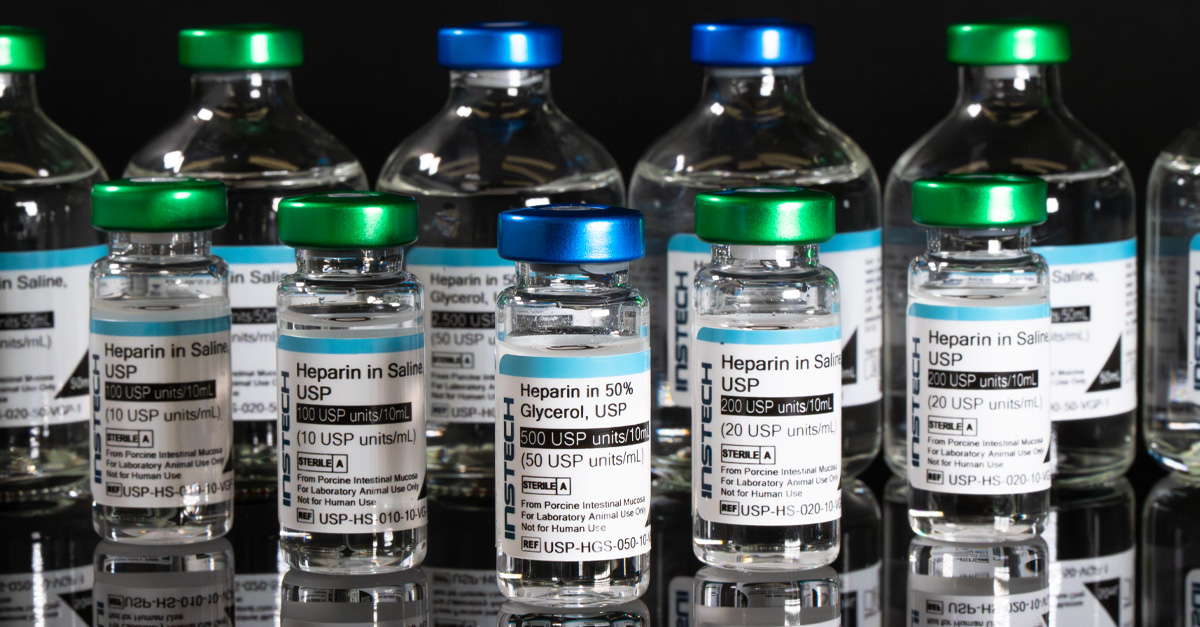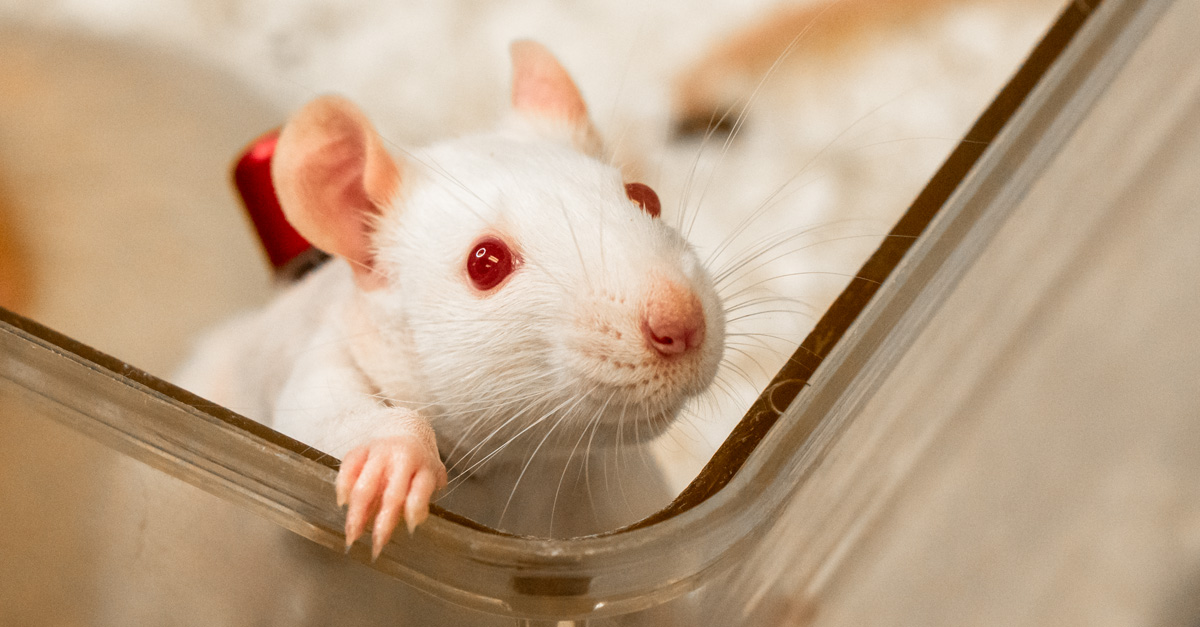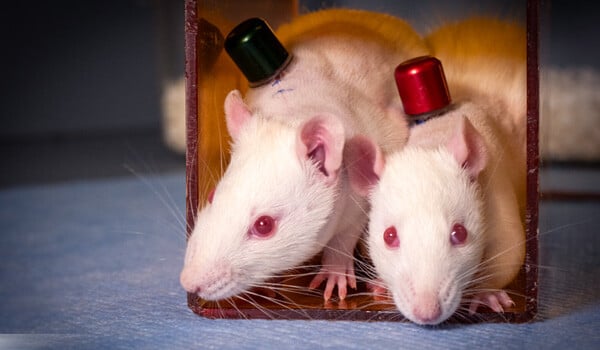When preparing for survival microsurgery, there is a lot to consider. Surgical skills aside, being fully prepared using atraumatic and aseptic techniques, and having the right tools for the job, can make the difference between success and failure. Here is our guide on what the right tools are and their purpose.
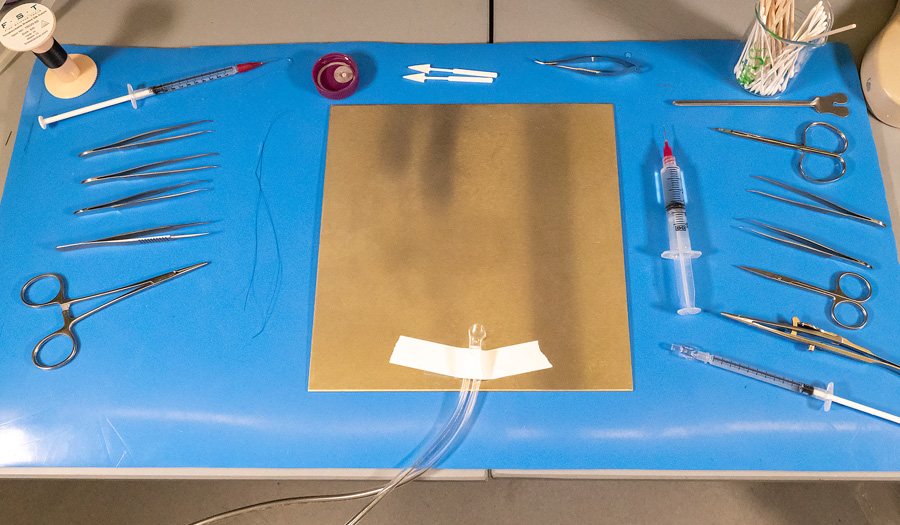
General Guidelines to Follow
Instruments should not cause undue trauma or add time to performing the surgical procedure. Scissors must be kept sharp to not crush tissues when skin incisions are made, for example. Surgical instruments need to feel right and should not be under, or oversized. Choose your instruments carefully because the bottom line is that they really are the surgeon's preference. But remember, buying high quality instruments is well worth the investment as they will last and stay sharper longer. Holding your instruments the right way also makes a big difference when you use them. To this point, forceps should be held using a pencil grip. Make sure you clean your instruments properly after use, protect the tip of sharp instruments, maintain them and sterilize them prior to surgery.
The Must Haves
Sometimes there just isn’t a way around it. Here are the tools you simply cannot successfully complete a surgery without:
Scissors
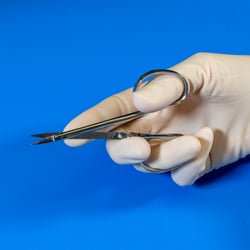 Having different types of scissors is important since each scissors has a different purpose, it also supports a strict aseptic technique.
Having different types of scissors is important since each scissors has a different purpose, it also supports a strict aseptic technique.
- External Scissors: A dedicated pair of external scissors used for skin incisions and cutting external sutures minimizes the risk of infection supporting a strict aseptic technique. Some people prefer to use a scalpel rather than scissors for the skin incision. If you do use a scalpel, take caution to not damage underlying tissues.
- Internal Scissors: A dedicated pair of internal scissors used for abdominal wall incision, sharp dissection of internal tissues and cutting internal sutures minimizes the risk of infection supporting a strict aseptic technique.
- Vessel incision: A pair of delicate spring scissors used for incisions in vessels and fine membranes only. Cutting anything else with these scissors will damage them. There are alternate ways to incise a vessel, such as using a needle, but the delicate spring scissors work very well.
Forceps
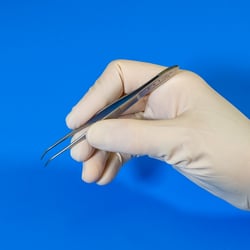 Multiple types of forceps are needed in order to carry out the different surgical steps and to support aseptic technique.
Multiple types of forceps are needed in order to carry out the different surgical steps and to support aseptic technique.
- External use: A dedicated pair of forceps used to hold skin when making the incision. These forceps should cause minimal trauma to the skin and be used for that purpose only. Minimizes risks of infections supporting a strict aseptic technique.
- Blunt dissection: These forceps are your go-to instruments to perform blunt dissection of tissues. The tips are blunt and serrated for a good grip while doing blunt dissection. They can also be used when suturing.
- Vessel isolation: These fine blunt forceps will help isolate the vessel to be catheterized. The fact that they are blunt but also fine will be especially helpful while isolating vessels on small animals like mice.
Insertion of catheter in vessel: A sharp tip, angled forceps is most useful to hold the upper portion of the vessel incision site when insertion the catheter.
Hemostat
Hemostats are useful to make subcutaneous pockets and to use, if need be, to hold ends of a suture when applying tension.
Needle Holder
There are various types of needle holders to hold your needle for you while you suture. Choose one that you are comfortable with and easy for you to maneuver. Varieties include the one lock mechanism thumb release Kalt needle holder, the ratchet lock mechanism with finger rings such as the Mayo-Hegar and the ratchet lock mechanism with spring loaded palm-hand handles such as the Mathieu. Make sure to use the appropriate size needle holder; if you need to use micro sutures (7.0 and smaller) which come with fine needles, you need a micro needle holder such as Castroviejo micro needle holder. Do not use a micro needle holder on larger size suture (6.0 and larger) which comes with larger needles as you can damage the needle holder and it will not hold the needle properly. Micro sutures are usually used internally when doing purse sutures on vessels or intestines, for example. For skin or abdominal wall closure on rodents, which common size sutures are 5.0 or 6.0, you do not want to use a micro needle holder.
Nice to Haves
Retractor
Required for certain procedures, retractors are handy to have when retraction of tissues is necessary for better visualization, as when performing a carotid artery catheterization. Never apply too much tension on tissues when retracting them.
Clamp
A clamp is used to temporarily occlude catheters when removing the syringe from its external end. A hemostat with covered jaws (instrument tip covers or silicone tubing can work great) can be used in lieu of a clamp.
Grooved Director
This odd instrument can be helpful to make subcutaneous tunnels and pockets. It is also helpful in guiding the catheter through the subcutaneous tunnel. If you do not have a grooved director, use a blunt tip instrument such as a hemostat to make the tunnels and pockets.
Suppliers
There are many surgical instruments and suppliers to choose from. To help you select your instruments and supplier, we have put together our own recommended surgical packs in a partnership with Fine Science Tools that include all the instruments listed above.
Online Catheterization Training
Detailed videos of surgical instruments for mice and rats are available online for free as part of our online education program.
